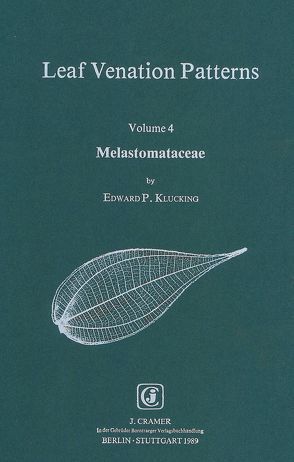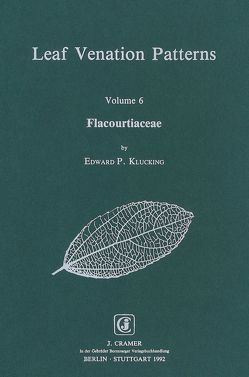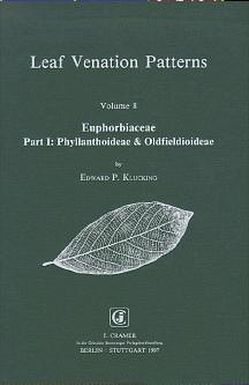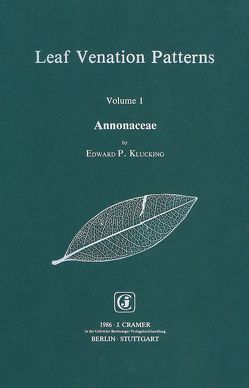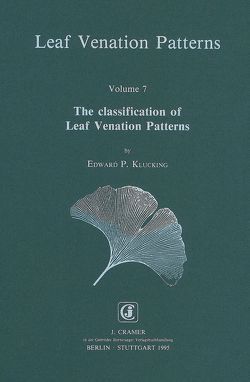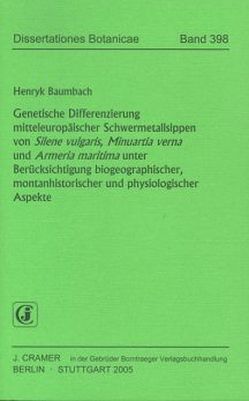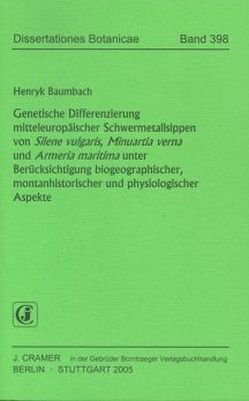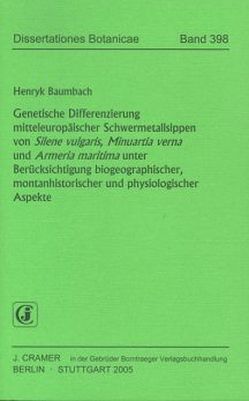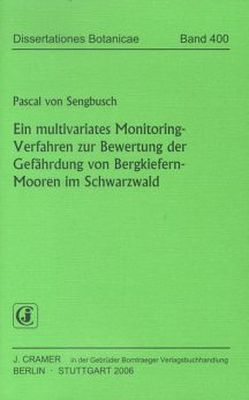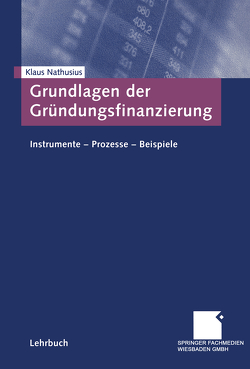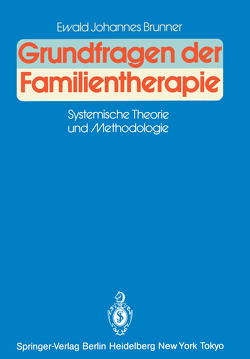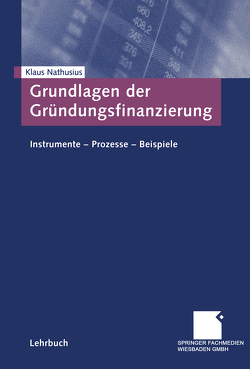Leaf Venation Patterns / Melastomataceae
Edward P Klucking
The leaf venation patterns of the Melastomataceae and the Memecylaceae make up the fourth volume in a series on the venation patterns of angiosperm families. As the leaves of more plant families are examined, terms used in describing the venation and ways of explaining these venation patterns are modified or changed. For instance, attempts to use terms like secondary veins or tertiary veins for describing become difficult when dealing with the acrodromal venation of the Melastomataceae. Acrodromal veins are veins of secondary strength which depart from the primary vein or midvein and are directed apically rather than laterally. In most leaves with acrodromal venation there are pinnate veins, weaker than the acrodromal veins, but seemingly of secondary strength, departing from the midvein and running at high angles to connect with the acrodromal veins. If the acrodromal veins are considered to be the secondary veins of a pattern, then these pinnate veins of lesser strength must be the tertiary veins and the veins of lesser strength would be the quaternary veins and so on. If point of origin is used to designate the veins rather than strength, strong veins coming from the primary vein would be secondary veins and many of the leaves with acrodromal venation would have two to three kinds of secondary veins.
